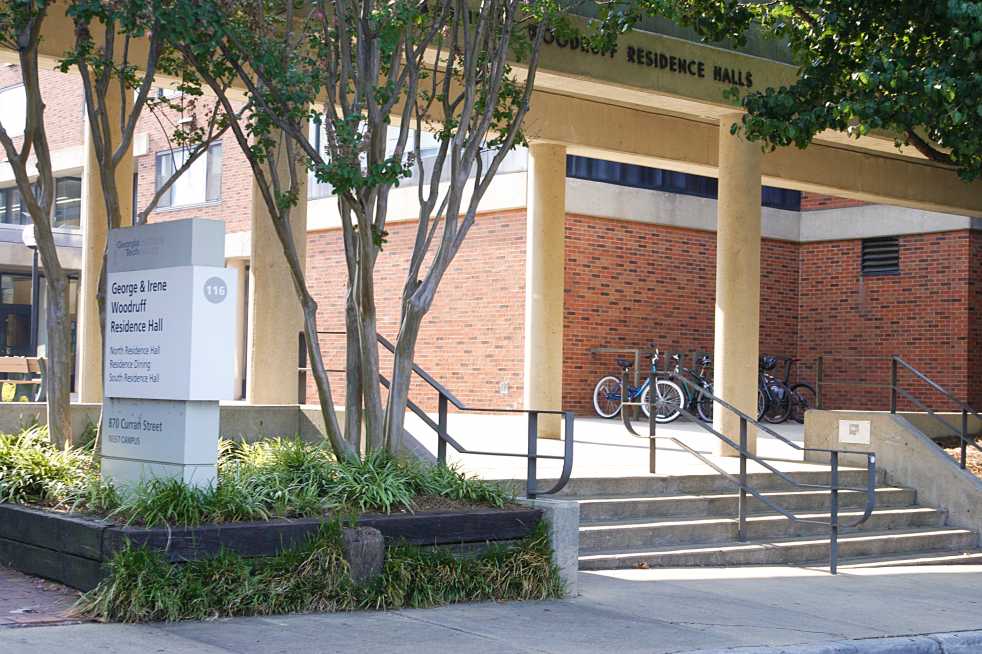It is no secret that graduates from Tech go on to do incredible things in the workforce. Whether they go on to become Nobel laureates, founders and CEOs or astronauts, the degrees they earn at Tech allow them to advance quickly in their field and as a result make a fairly enviable salary. After student loans and debts are paid off, though, the next step for many alumni is to give back to the institution that propelled their success.
Tech’s recent Philanthropy at Tech week spotlighted the school’s history of donations through more than 70 signs which were installed throughout campus. These signs were aimed at raising student awareness of the impact such contributions have had on Tech.
Alumni contributions are such a common occurrence at Tech that the school has been ranked third in the nation among public universities for alumni giving, and since 2006, these funds provided a hefty percentage of the school’s development fund. How do alumni go about becoming a giver?
Perhaps the most simple and straightforward way to make a monetary impact on the school is to make a cash donation. According to the Office of Development’s website, all that is required for a cash donation is a mailed check with an attached note detailing the purpose or designation of the gift.
This option is the most frequently used in gifting to Tech and was the method chosen by several notable alumni donors, including Ernest Scheller Jr., whose 50 million dollar cash donation to the business school was the largest single cash donation in the school’s history.
Donors can also give to Tech through the donations of assets. Real estate, personal property, such as artwork, stocks, bonds and other personal assets can be donated to the school to then be sold by the Georgia Tech Foundation.
This option allows donors to receive a possible tax deduction along with other tax savings, while still making a monetary contribution to the school. Donors can also make their donation profitable for themselves by choosing a donation option that allows them to make income for themselves. This is possible through the creation of gift annuities and annuity trusts.
These are a handful of ways in donations can be made back to Tech and figuring out the right method may prove chaotic for the recent graduate. To help alleviate this, Tech has come up with several tools meant to aid in the giving process.
The Office of Development has created a Gift Strategy Chart, allowing givers to match their goals with the possible options and the outcomes of each option.
The department’s website also features a Life Stage Gift Planner, allowing donors to choose their age group and view the financial problems and issues they may be facing and how they can give to Tech in a way such that these issues and concerns can be avoided or addressed.
Though the school has made it simple to give back, future graduates may not be entirely convinced that giving back is necessary. After all, with so many other graduates giving back, what difference would your donation make? The answer may be surprising.
According to the Georgia Tech Student Foundation, one in five students attending Tech receives private scholarships as a form of financial aid.
Furthermore, one-third of the facilities at Tech have been partially or fully funded through private donations. One in every six professors receives research and education funding through an endowed position provided by former donors.
Finally, over the past four years, over 10,000 students have received over 122 million dollars in scholarships from private philanthropy.
Such donations are directly helping students during their time at Tech.
By donating to Tech, donors are aiding in helping students live out some of their dreams while also helping the school maintain its reputation of excellence and prestige.
